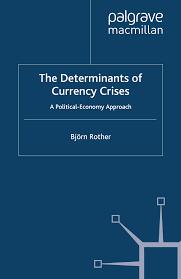Answered step by step
Verified Expert Solution
Question
1 Approved Answer
3 Profitability Index. Consider the following projects: (L08-3) C1 Project A B -$2,100 -2,100 +$2,000 +1,440 C2 +$1,200 +1,728 a. Calculate the profitability index for



Step by Step Solution
There are 3 Steps involved in it
Step: 1

Get Instant Access to Expert-Tailored Solutions
See step-by-step solutions with expert insights and AI powered tools for academic success
Step: 2

Step: 3

Ace Your Homework with AI
Get the answers you need in no time with our AI-driven, step-by-step assistance
Get Started


